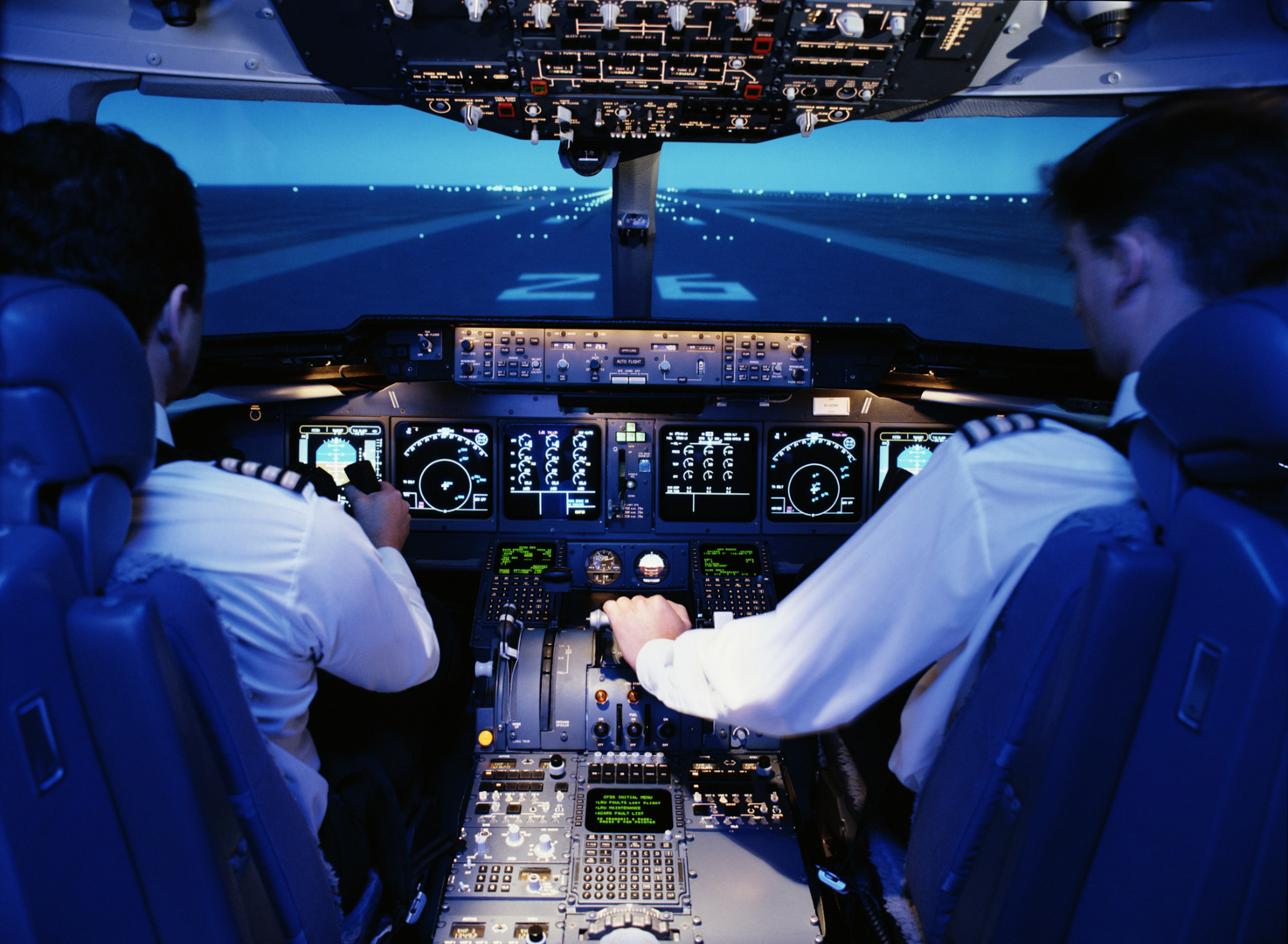

In a push to save costs, as well as alleviate pilot shortage issues, airlines are lobbying the Federal Aviation Administration (FAA) and the European Union Aviation Safety Agency (EASA) to allow one-pilot cockpits, according to Bloomberg. Per FAA regulation, all commercial aircraft are required to have two pilots; a captain and a co-pilot. However, airlines are pushing to get the FAA to reconsider the need for a co-pilot, at least in non-passenger cargo aircraft at first. Understandably, airline pilots unions are pushing back hard.
According to airlines, reducing the cockpit head count by half will drastically help to reduce costs, especially during the post-COVID pilot shortage. During the COVID pandemic, airlines were given heavy federal financial assistance but the fine print forbid airlines from furloughing or laying off employees. So, to save costs, airlines offered attractive early retirement packages. About eight percent of employees took them, which slashed the amount of available pilots for post-pandemic air travel. So airlines from 40 different countries, including the U.S., UK, Germany, and Australia, want permission to run single-pilot aircraft but there are a few difficult hurdles to clear before they get it.
The biggest hurdle is convincing the pilot unions. Not only would this single-pilot proposal reduce the need for pilots, thus reducing available jobs, but captains also really like having co-pilots. Co-pilots shoulder a huge load, by handling most of the necessary pre-flight checklists, monitoring the plane’s various mechanical and electronic systems, and even flying the plane in some cases. In case of an emergency, co-pilots can either assist in dealing with issues or even take over the controls while the captain handles other tasks. Most importantly, though, co-pilots offer redundancy. They’re there to take over if something happens to the captain. Which is why most captains feel more comfortable when there’s someone there to have their back.
A couple of weeks ago, the captain of American Eagle flight 3556 became ill shortly after takeoff from Chicago’s O’Hare International Airport and was unable to pilot the plane. The co-pilot was able to quickly take over, contact air traffic control, turn the plane around, and land safely back at O’Hare. That co-pilot saved 57 lives. The captain died later that night.
Another hurdle for airlines to clear is the public one. I’m not sure about you but I certainly feel far more comfortable being 30,000 feet in the air, strapped in a tin can and being hurdled across the sky at 500 mph, with a second set of hands on the controls. Airlines are going to have to work hard to change public opinion, and comfort levels, about ditching co-pilots just because they want to save some money.
Admittedly, aviation and autopilot technologies have both become incredibly advanced and planes could probably fly just fine with one pilot. However, I’m not so sure I’m comfortable with an inflatable automatic pilot taking over if the captain gets sick from eating the fish.
Got tips? Send them to tips@thedrive.com